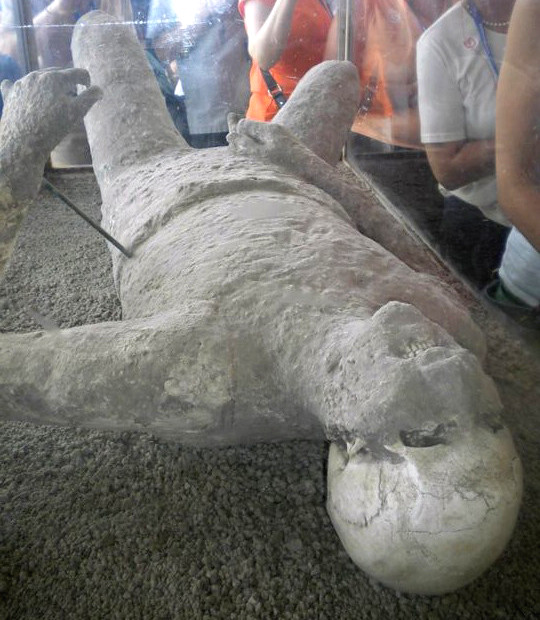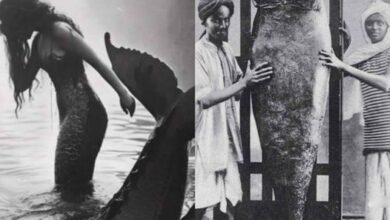Scientists Uncover Shocking Pompeii Find That Will Change History!
In a groundbreaking discovery, archaeologists working in Pompeii have unearthed new evidence that challenges longstanding historical beliefs about the ancient city’s destruction. These findings offer fresh insights into daily life, societal norms, and the fateful eruption of Mount Vesuvius, presenting a fuller picture of Pompeii’s final days and its people.
For centuries, historians believed that Mount Vesuvius erupted on August 24, 79 AD, based on written accounts. However, recent evidence suggests that the disaster may have occurred later in the year. The discovery of autumnal fruits and clothing more suited for cooler weather hints that Pompeii’s destruction may have taken place in October. This revelation could lead to a revision of the historical timeline surrounding the catastrophic event.
Among the most tragic finds were the remains of a pregnant woman and a newborn. These discoveries serve as haunting reminders of the eruption’s indiscriminate impact on all segments of society. The vulnerability of these individuals sheds light on the widespread human suffering that occurred during the catastrophe, and the desperate efforts families made to protect their loved ones.
Pliny the Younger’s letters, which have long been considered crucial historical documents, describe the eruption with vivid detail. His accounts of the sky turning dark, ash raining down, and people fleeing in terror provide a harrowing backdrop to the physical discoveries in Pompeii. The new evidence further supports Pliny’s observations and enhances our understanding of the disaster’s overwhelming chaos.
One of the more intriguing discoveries involves the plaster casts of two men found in an embrace. This find has sparked questions about relationships in ancient Pompeii, challenging previous assumptions about the city’s social structures. Some suggest the men were lovers, reflecting a more complex and diverse societal fabric than previously thought, while others propose they could have been close family members.
The Villa of the Mysteries, famous for its elaborate frescoes, continues to captivate historians. Recent discoveries suggest the villa was a center for mysterious religious rites linked to the god Dionysus. These stunning artworks offer insight into the spiritual life of Pompeii’s elite and raise questions about the role of secretive cults in Roman society.
A plaster cast of a chained guard dog has also resurfaced, portraying the heartbreaking fate of animals during the eruption. The cast, frozen in its final moments of agony, symbolizes not only the terror experienced by Pompeii’s human inhabitants but also the loyalty and suffering of their pets.
Excavations have also revealed evidence of bakeries, food offerings, and ancient cooking tools, showcasing the advanced culinary culture of Pompeii. From loaves of bread preserved by ash to amphorae filled with preserved foodstuffs, the findings highlight the city’s rich and varied diet. These discoveries resonate with modern tastes, showing that ancient Romans enjoyed an array of flavors and culinary innovations that still inspire food lovers today.
These astonishing findings from Pompeii offer an unprecedented glimpse into the lives, loves, and losses of a civilization frozen in time. As researchers continue to uncover more from this ancient city, the history of Pompeii—and of Roman society as a whole—may be rewritten.






